The 2015 Hackaday Prize is all about solutions to problems affecting a large number of people, and aging touches everyone. This week we were on the lookout for the entries best addressing the problem of Aging in Place. This means being able to live in your home and community independently and comfortably as one ages. It is as important to the aging as it is to their friends and family; a topic well worth your hacking skills and engineering brilliance.
Monitor Warning Signs
There were several entries that focused on monitoring for out-of-the-ordinary behavior. The Personal Medical Assistant seeks to leverage the sensor array and computing power of smartphones combined with ancillary data harvesting from things like an ECG chest band or a pulse oximeter watch. The idea is to watch for a series of precursors to health emergencies and warn both the person being monitored and their support network of family or caretakers.
The whimsically title Ye Oldie Monitor focuses on a similar idea with a more passive role. The concept suggests a base-station and a series of remote monitors throughout the living area, like PIR motion sensors, to alert for notable variations on a person’s normal day-to-day activities. In a similar vein the LiteHouse project would retrofit the household lighting fixtures with motion detectors. These automatically light each area to help prevent low-light accidents like falls, while also monitoring for signs of duress.
Solving the Communication Barrier
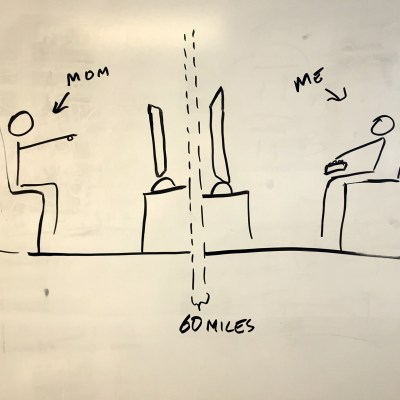 Watching out for each other is complicated by distance. We saw a few entries that try to alleviate that, like the Being There with Pi project. Smartphones and computers are a great way to communicate, until you need help making your smartphone or computer work in order to do so. This project looks at developing a dedicated video conferencing system based around the Rasperry Pi. The point is to develop an excruciatingly simple, robust form of live video communications.
Watching out for each other is complicated by distance. We saw a few entries that try to alleviate that, like the Being There with Pi project. Smartphones and computers are a great way to communicate, until you need help making your smartphone or computer work in order to do so. This project looks at developing a dedicated video conferencing system based around the Rasperry Pi. The point is to develop an excruciatingly simple, robust form of live video communications.
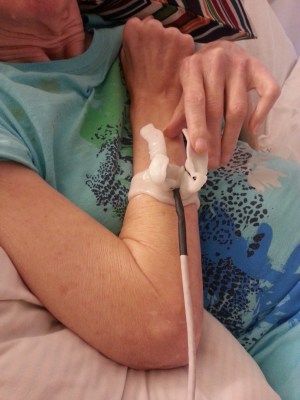 Continuing on the note of simplified communications is Julia’s Speakerphone project. [Julia] is living with multiple sclerosis that has resulted in her being bed bound for almost a decade. Making phone calls has been both rare and leaves us wondering why this sort of solution isn’t already in wide adoption. The solution is a combination of a Bluetooth hands-free calling module,
Continuing on the note of simplified communications is Julia’s Speakerphone project. [Julia] is living with multiple sclerosis that has resulted in her being bed bound for almost a decade. Making phone calls has been both rare and leaves us wondering why this sort of solution isn’t already in wide adoption. The solution is a combination of a Bluetooth hands-free calling module, Android tablet, Skype a pay-as-you-go cellphone, and an interesting button hack for [Julia] to activate the hand’s free. It is crafted with leaf switches and polymorph and worn as a bracelet. The proof of concept is there and we can’t wait to see this evolve into a more robust and extensible solution.
This Week’s Winners

First place this week goes to the Personal Medical Assistant and will receive a RE:load Pro programmable constant current load.
Second place this week goes to Julia’s Speakerphone and will receive a Sparkfun Microview.
Third place this week goes to Being There with Pi and will receive a Hackaday CRT-android head tee.
Next Week’s Theme
We’ll announce next week’s theme a bit later today. Don’t let that stop you from entering any ideas this collection of entries may have inspired.








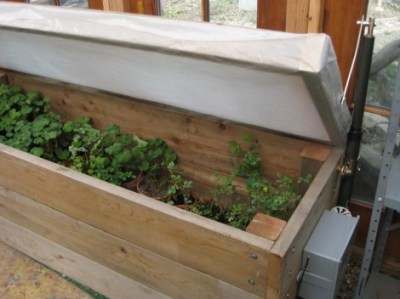 We see it all the time around here, people are building projects to monitor and control their own gardening projects.
We see it all the time around here, people are building projects to monitor and control their own gardening projects. 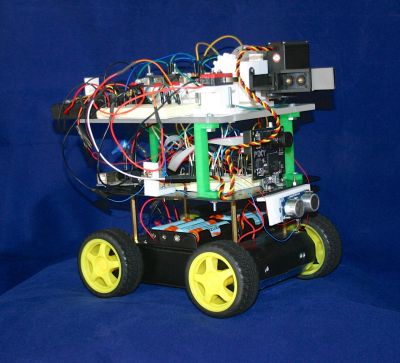 Perhaps robots are an answer to a different problem.
Perhaps robots are an answer to a different problem.  Stepping back onto the side-track of changes to industrial farming, let’s take a look at one of the way-out-there-ideas from last year. A huge amount of water usage is in food production. What if we turned entire farms into greenhouses in order to capture and reuse water that is normally lost into an all-to-dry atmosphere?
Stepping back onto the side-track of changes to industrial farming, let’s take a look at one of the way-out-there-ideas from last year. A huge amount of water usage is in food production. What if we turned entire farms into greenhouses in order to capture and reuse water that is normally lost into an all-to-dry atmosphere? 


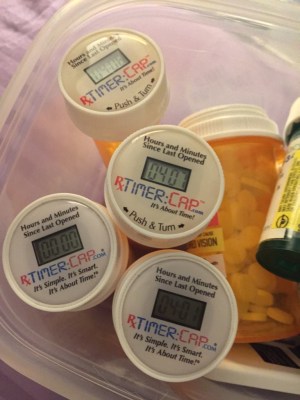 The easiest examples I can think of relate to medicine. A lot of the time people can be independent and high-functioning as long as they take the right medicine at the right time. The simplest way to ensure this is to use technology that helps track medication schedules.
The easiest examples I can think of relate to medicine. A lot of the time people can be independent and high-functioning as long as they take the right medicine at the right time. The simplest way to ensure this is to use technology that helps track medication schedules. 
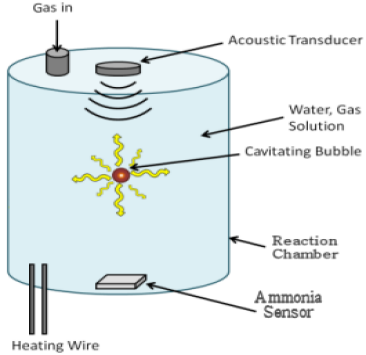

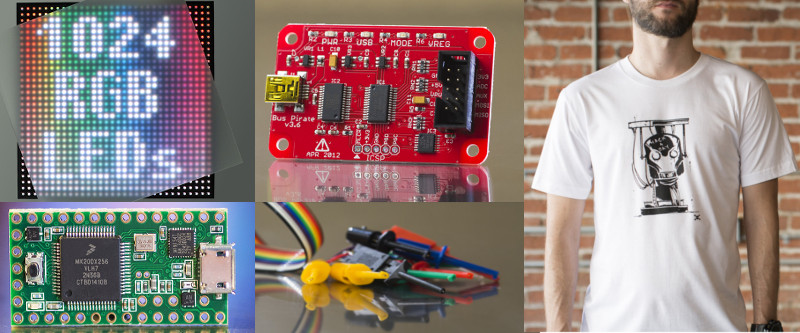

 The tough part of the problem here is getting at reliable data. Just yesterday we saw
The tough part of the problem here is getting at reliable data. Just yesterday we saw 
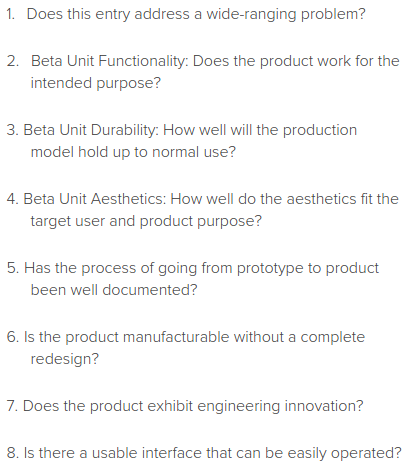 The entry requirements and judging criteria for Best Product are both a bit different form the main entry field. Rest assured you are still eligible to compete for all of the other prizes.
The entry requirements and judging criteria for Best Product are both a bit different form the main entry field. Rest assured you are still eligible to compete for all of the other prizes.
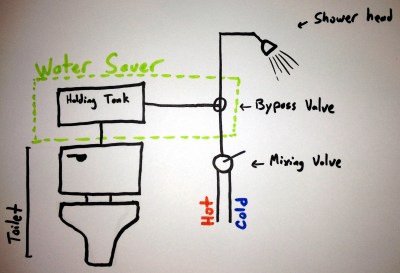 We’re not messing with you; all you need to win these early prizes is an idea. One of the most powerful pieces of the Hackaday Prize is the pollination of thought. Your idea might be the tipping point for someone else’s breakthrough or vice-versa. Start a project on
We’re not messing with you; all you need to win these early prizes is an idea. One of the most powerful pieces of the Hackaday Prize is the pollination of thought. Your idea might be the tipping point for someone else’s breakthrough or vice-versa. Start a project on 








